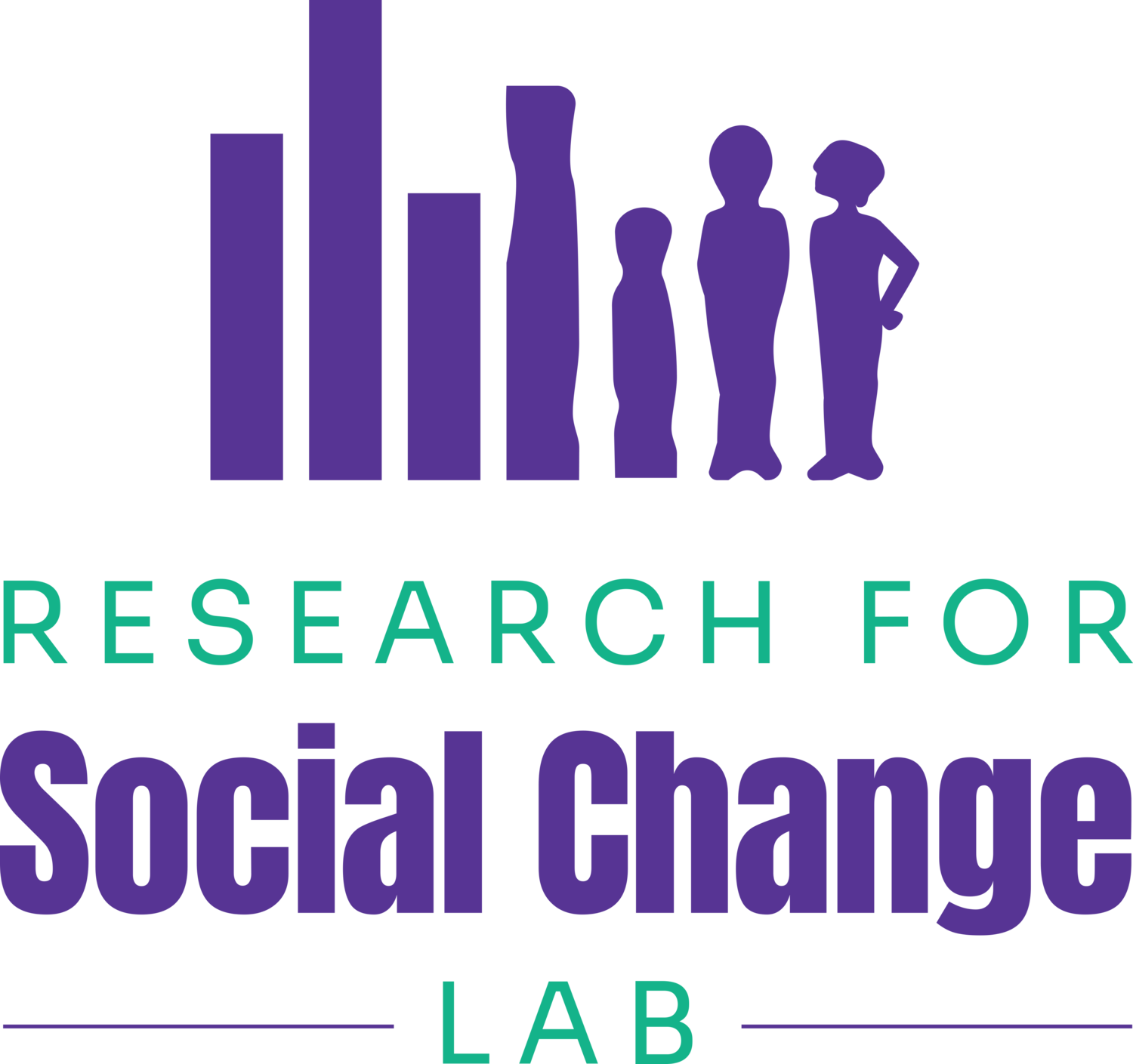ZINE: Data for Who? Data for What?
We are excited to share the second zine in our series on data justice for youth. This zine series explores the data practices we learned about through interviews with people working in the youth homelessness and child welfare systems in Ontario. Throughout our analyses in the zine, we get into the specifics about some of our findings at the Research for Social Change Lab as we investigated how data comes to be, who coordinates data practices, and who (or what) are served by them.
Click here to read Data Justice: Data for Who? Data for What?
When supporting youth experiencing homelessness or families working with children’s aid societies, workers produce a lot of data. Through our interviews with over 50 of these workers, we started to get a more comprehensive understanding of what their data looks like, how it’s produced, what it’s used for, and who it’s used by in the coordination and management of services and supports.
The homeless and youth-serving organizations we have been working with on this project are increasingly invested in the promise of new digital tools that could reshape service delivery. In this zine we’ll tease out the motivations behind this investment, how it’s rolling out, and to what effects.
Printed copies of Data for Who? Data for What? We have lots of these, get in touch if you want a copy!
This second zine describes some of the intricacies of data practices in youth homelessness and child welfare services in Ontario. As we learned more about these practices, we found that existing data infrastructures and tools primarily orient workers towards compliance monitoring and reporting, instead of focusing on improving service delivery and outcomes for clients. We believe that both of these aims – tracking compliance of workers and improving experiences for clients – can be achieved through people’s data practices. However, the way data practices are currently organized needs to change.
The zine was written by two of our research assistants Sarah Cullingham and Aron Rosenberg, with support from Naomi Nichols. Will Pearson helped with the layout and Axel Lavictoire created the illustrations. You can read our zine by clicking the link. Or, if you prefer a print copy, get in touch!



